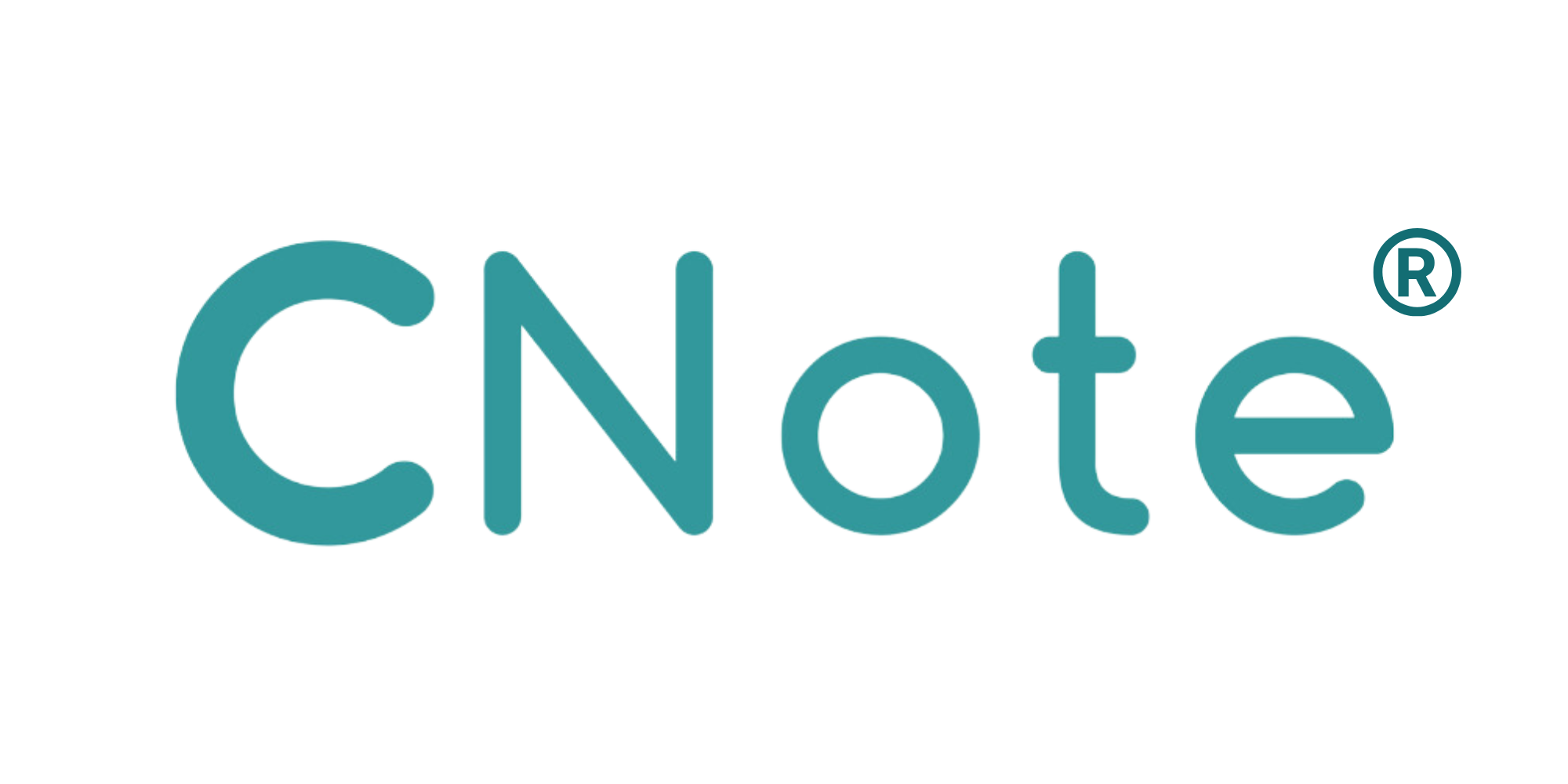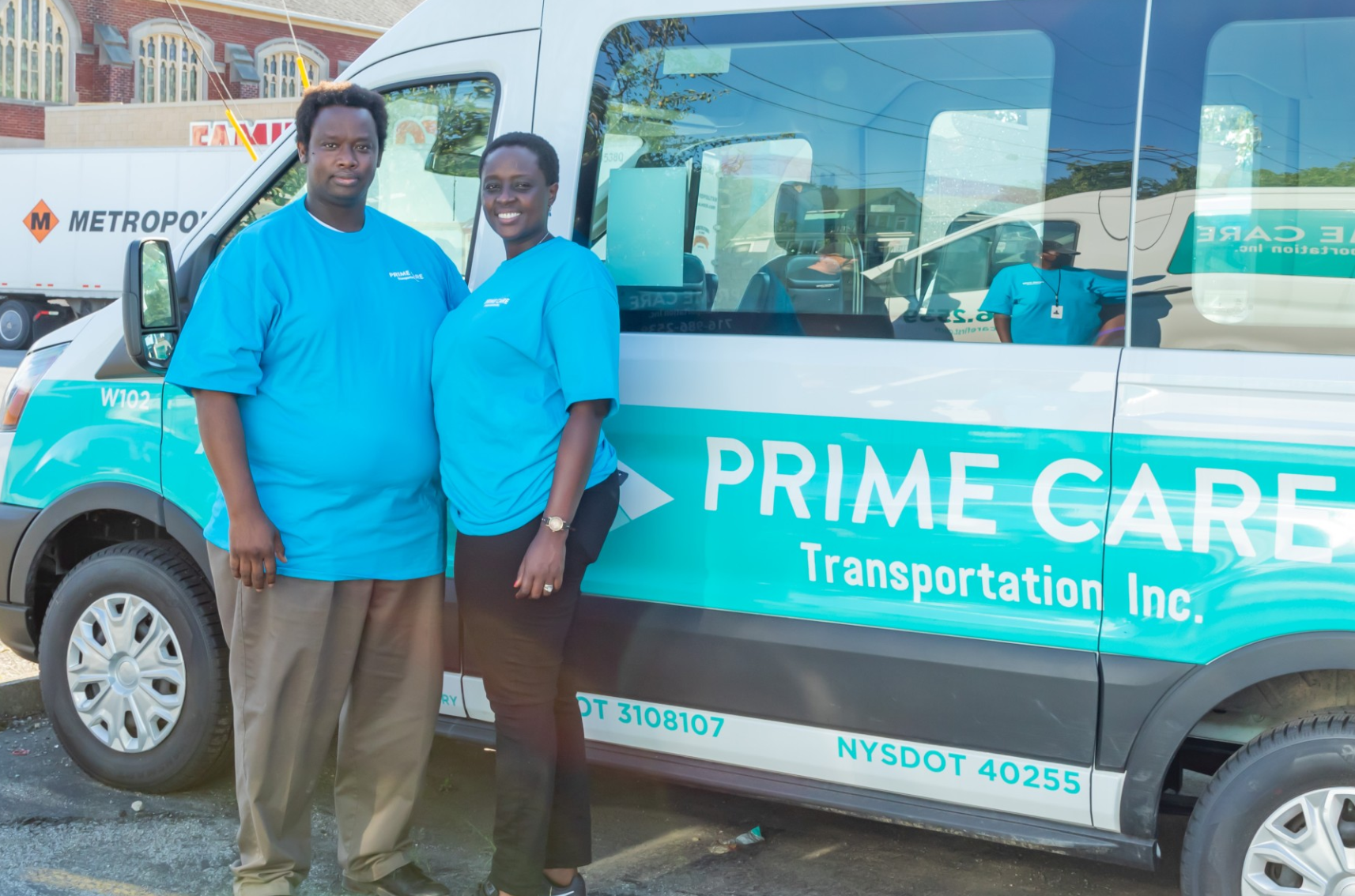When you invest in fixed income, you’re often looking for predictable income and lower volatility. But what if your fixed income allocation could also help families buy homes, small businesses expand, or communities build new infrastructure, all while aiming to generate returns?
That’s exactly what happens when fixed-income funds are connected to Community Development Financial Institutions (CDFIs). These mission-driven lenders create a powerful cycle: they take in capital, lend it out for community good, then return it so it can be used again.
This blog explores the cyclical nature of CDFI lending and how it allows your dollars to keep working long after the first investment is made.
Read more: The Resilience of the CDFI Industry Across Market Cycles
What Makes CDFI Lending Unique?
CDFIs specialize in lending to people, places, and projects that traditional banks often overlook like small business owners, local childcare providers, or first-time homebuyers. But they don’t just provide one-time loans.
Instead, they build long-term systems for capital to flow in, create impact, return, and repeat.
When you invest in a fixed-income fund that supports CDFIs, your money fuels this cycle. Here’s how it works:
The Cycle in Action
- You invest in a fixed-income fund aligned with CDFIs. That capital is pooled and deployed to CDFIs across the country. CDFIs lend it out to help build a school, fund a business, or preserve housing.
- As the borrower repays, the capital returns to the fund.
- It’s reinvested in a new community project, starting the cycle all over again.
Your money doesn’t just move once. It moves with purpose, repeatedly.
Why This Cycle Matters
Most investments are designed to grow over time. But with fixed-income impact investing, your capital grows in meaning too. The more it’s recycled, the more lives it can touch.
This model means:
- One investment can support many borrowers
Capital is preserved and reused - Impact becomes measurable and ongoing
- Communities gain long-term access to resources, not just short-term relief
Read more: Unlocking the Full Potential of CDFIs: What’s Holding Them Back and How We Move Forward
A Real-World Example: Prime Care Transportation
Pamela Hayes launched Prime Care Transportation to help patients in North Carolina get to their medical appointments. She needed capital to expand, but traditional banks said no.
Thanks to a loan from a CDFI, supported by fixed-income impact capital, Pamela got the funding she needed. Her business grew, she hired staff, and hundreds of patients received essential care.
As she repays her loan, that capital will go right back into the fund, ready to support the next business, the next borrower, the next community.
This is how the cycle works and why it works so well.
Read more: The Entrepreneur Behind the Wheel of Prime Care Transportation
Fixed Income That Keeps Working
If you’re already allocating to fixed income for income or diversification, this approach doesn’t ask you to do something new. It simply lets your money do more.
With every loan repaid and every dollar reinvested, your capital becomes part of something bigger: a cycle of opportunity that keeps moving through the American economy.
This is fixed income reimagined, invest with momentum, and impact with continuity.
Conclusion: The Case for Circular Capital
In traditional investing, capital is deployed and returned. But with fixed-income impact investing tied to CDFIs, that potential return is only the beginning. Your capital enters a cycle of reinvestment that supports small businesses, families, and communities, again and again.
For investors who want to align their money with long-term purpose, this is a powerful model. It’s not about charity. It’s about building sustainable, repeatable impact with the potential for earning the income you expect.
This is capital that doesn’t sit still. It circulates. And with each cycle, it builds a stronger future.
Disclosure: Investing involves risk, including loss of principal. Investment decisions should be based on an evaluation of personal financial situation, needs, risk tolerance and investment objectives. Consult with a financial adviser or investment professional to determine what investment strategy makes sense for you. This information should not be relied upon as research, investment or financial advice, or a recommendation regarding any products, strategies, or any security in particular. This material is strictly for illustrative, educational, or informational purposes and is subject to change. The information does not purport to provide any legal, tax, financial or accounting advice.


